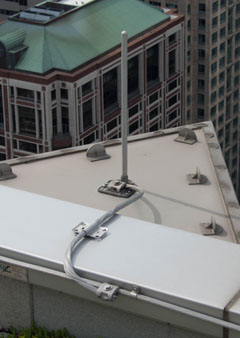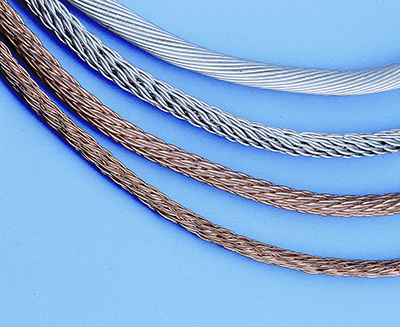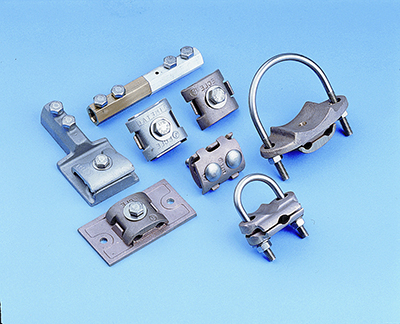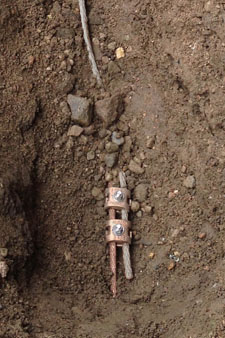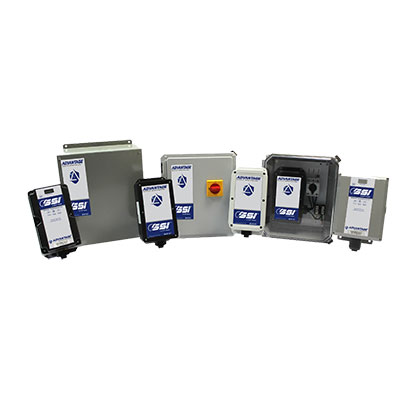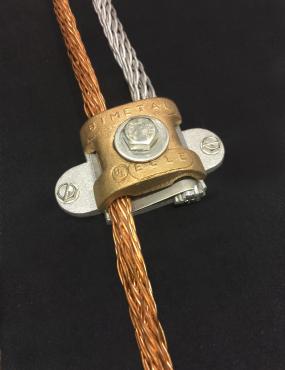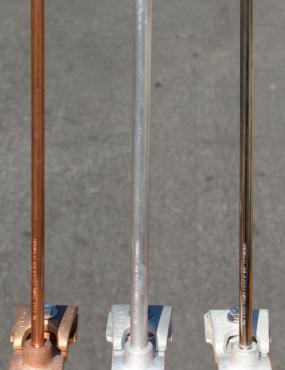A complete lightning protection system includes five key elements:
Every element of the lightning protection system must meet rigorous quality control requirements. Products made by ECLE are listed by UL for compliance with ANSI/CAN/UL96- Standard for Lightning Protection Components.
ECLE manufactures all of its own products at its facility in Winsted, Connecticut, USA.
Lightning Protection System Elements & Components
Lightning protection systems must be designed and installed in accordance with the requirements of the nationally recognized safety standards: NFPA 780, LPI 175, and UL96A. When lightning interacts with a structure, the current travels on every available conductive pathway throughout the building. A lightning strike is both high in intensity and short in duration. In order to carry the tremendous amount of energy contained in a lightning discharge safely through the structure, the lightning protection system must provide multiple pathways of adequate size and conductivity. In addition to a rooftop network to capture the strike and a grounding network to dissipate the charge into the ground, it is also essential that metal objects and equipment in the structure are connected to the lightning protection system. These interconnections serve to equalize the electrical potential throughout the structure and thereby prevent arcing or side-flashing within the building.
A Choice of Materials
Lightning protection systems are generally constructed from highly-conductive alloys of either aluminum or copper. Material selection depends on factors such as:
- Cost: Commodity costs for the raw materials vary. Aluminum is significantly less expensive that copper.
- Appearance: Where exposed to view, aluminum can be used on light-colored surfaces and copper on darker colored surfaces. New copper is reddish but may form a dark or green patina as it ages.
- Compatibility: Aluminum conductors must be used on aluminum, steel, or zinc-plated surfaces to avoid galvanic corrosion, and must not be used in contact with concrete or earth.
Special bi-metallic connectors should be used to connect aluminum and copper components. In applications requiring corrosion resistance, tin-plated components are also available.
Our Partner:

visit www.sls-us.com to learn about their suite of lightning solutions for special applications


